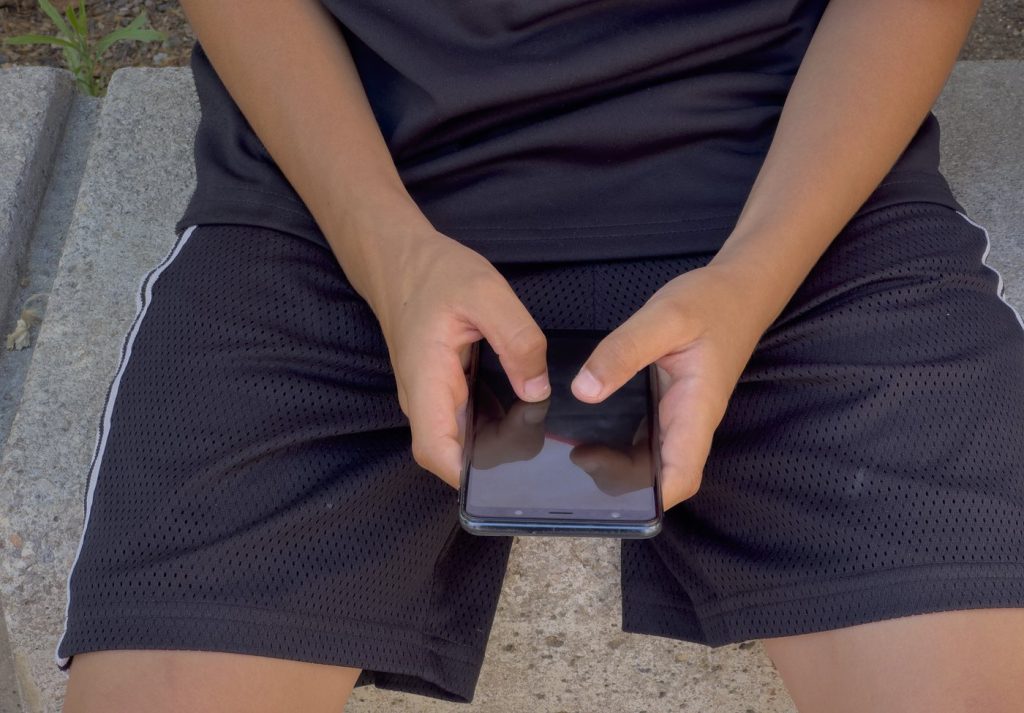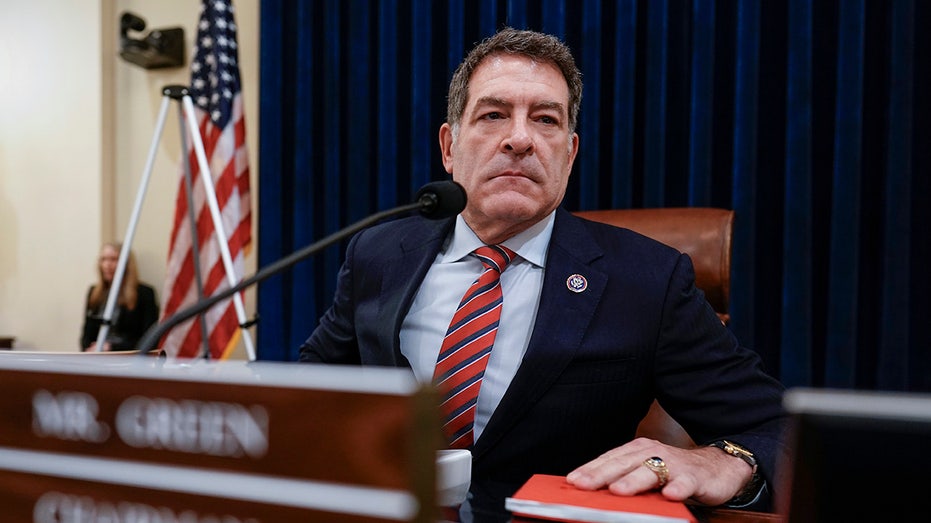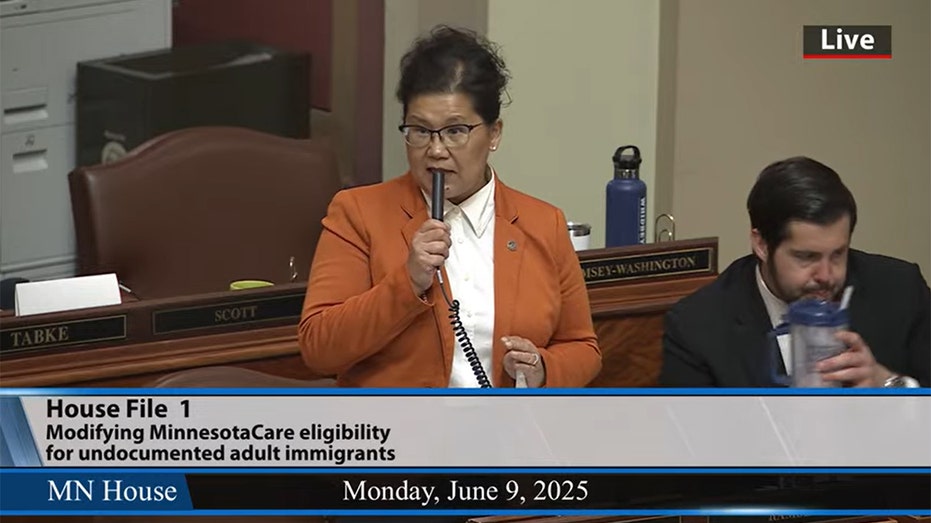Canada Implements Year-Long Cellphone Bans in Classrooms: "General Acceptance" Shifts Education Landscape
Canadian schools see positive outcomes as cellphone bans improve focus and rekindle student engagement despite ongoing challenges with rule-breaking

When Calgary high school student Roha Akram first heard her teachers announce a cellphone ban at the start of the year, skepticism was her immediate response. "I was like, 'No one's going to follow this,'" Akram admitted, recalling the assembly in September. "It's just the nature of teenagers. We don't like rules."
Teachers made their expectations clear: phones should not even be visible, whether on desks or in pockets. Instead, devices were supposed to remain stowed away—in backpacks, lockers, or even left in cars. Akram observed that while some students responded well to the reminders and found it easier to concentrate in class, others faced significant challenges. One student, she said, reacted strongly when his phone was confiscated, anxiously seeking out classmates’ devices to access Instagram. "I saw phones are kind of becoming an addiction," Akram noted.
As the school year comes to a close, education officials across Canada report broadly positive results from implementing cellphone bans. They point to improvements in classroom focus and a reduction in unhealthy phone attachments among students. Following a wave of new policies last fall, most provinces now limit mobile phone use during school hours, following the lead of similar measures overseas.
Tracy Schmidt, Manitoba's Education Minister, described how schools have changed since the policy took effect. Previously, school librarians noticed students gathering together quietly, each absorbed in their own screen. Now, students are rediscovering conversation and activities beyond scrolling. "They still come with their groups of friends, but now they’re sitting, they’re talking, they’re laughing. They might pick up a board game," Schmidt said, underlining the revived sense of community and engagement among students.
In Ontario, feedback from both parents and teachers indicates that the ban has fostered a more conducive learning environment. The province plans to continue monitoring the policy’s effectiveness to determine where additional support might be required. Meanwhile, in Nova Scotia, the transition to restricted cellphone use proved smoother than many educators anticipated. "There is a general acceptance of the benefit of limiting cellphone use and appreciation of the opportunity to ignore their phones," explained spokesperson Alex Burke.
The Edmonton Public School Board, Alberta's largest, reported little disruption during the change. Schools within the division had flexibility to tailor implementation to their own circumstances, allowing for either new policies or adjustments to previous ones as needed. "Schools had the flexibility to determine how best to implement the ban," said spokesperson Kim Smith.
Yet, even as the bans take hold, students continue to find ways around the rules. Akram shared examples of subtle circumvention: some classmates hide phones behind textbooks to watch videos during lessons, and she herself has occasionally listened to music during work periods, concealed by her AirPods and hijab. "A year of the ban doesn’t mean students aren’t still using phones in class," Akram admitted, but she also observed that most teachers return confiscated devices at the end of the period or school day.
Despite some pushback and creative rule-breaking, Akram recognizes the necessity of stricter guidelines for her generation—one that, as she describes, grew up immersed in digital technology. "We were born when people were inventing iPads and iPhones ... so we grew up with screens," she reflected. Looking ahead, Akram expects that educators will enforce the policy even more stringently in the coming academic year, as the debate over devices in classrooms continues to evolve.




